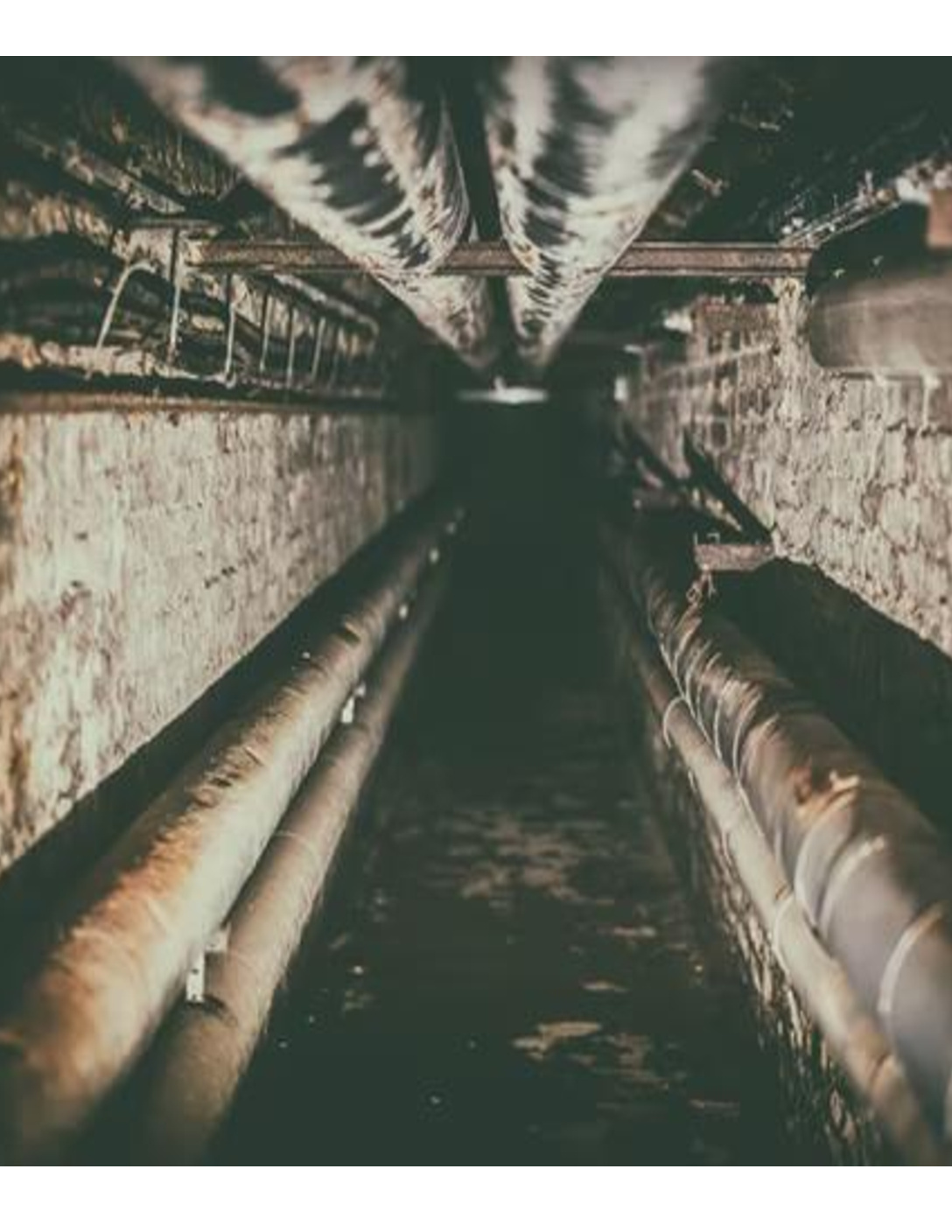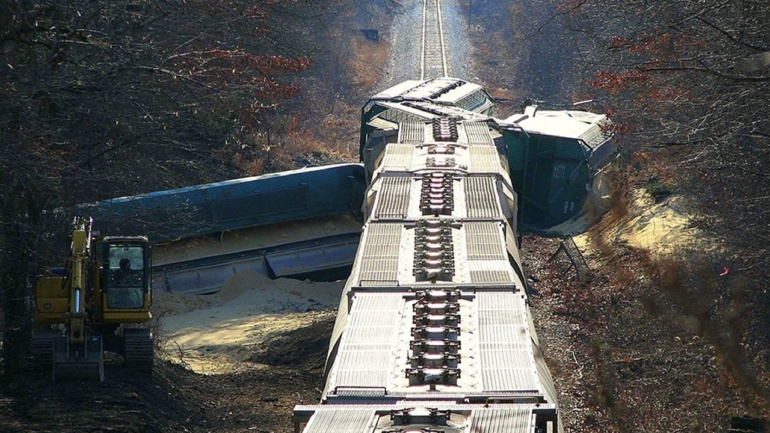Written by April Day, Staff Writer for Save The Water™ | October 10th, 2017
Introduction: Leaks, Leaks & More Leaks
Aging infrastructure plagues many of America’s water systems, Miami-Dade is no different. On June 20, 2017, “more than 700,000 gallons of raw sewage — poop and wastewater — spilled from a 63-inch pipe.”1 The no-swim advisory was lifted eight days later.1 Then, on July 31, 2017, a leak in a wastewater system let sewage into the ocean. This leak caused concern for beachgoers, particularly at Virginia Key Beach, which was closest to the break site. Within three days of the leak, initial water quality samples returned clear and complied with all testing standards/protocol.2 The Miami-Dade Water and Sewer Department responded quickly and smartly to prevent harm to people and the environment.
Aging Water Infrastructure is a Problem.
For a six-month period in 2011, water systems in South Florida experienced two breaks every week.3 Like many of America’s waterworks, the systems are reaching the end of their service life. What does that mean? It means that they need to be replaced.4 This will cost a lot of money. One source estimates it will cost at least $1 trillion over the next 25 years.4 Going forward, water system resilience in the face of threats such as floods and strong storms will be critical.4
Miami-Dade Water and Sewer Department is one of America’s 14,748 wastewater treatment plants.5 With an anticipated 56 million new users connecting to the existing plants over the next two decades, one source estimates that $271 billion is needed to meet current and future demands.5 America relies on over 800,000 miles of public sewers and 500,000 miles of private lateral sewers connecting private property to public sewer lines.5 The US EPA estimates that at least 23,000 to 75,000 sanitary sewer overflow events occur every year.5
In Miami-Dade alone, between July and December of 2016, more than one million gallons of waste water were spilled in line breaks.1 According to Kelly Cox of Miami Waterkeepers, an environmental group, “Sewage spills really impact human health. They contain disease causing pathogens and bacteria that can make people sick. It’s also really problematic for our wildlife.”1
About 772 communities allow stormwater and wastewater to drain into the same system. 5 This means that when flooding or severe storms happen, these combined systems overflow with stormwater and untreated human and industrial waste, toxic substances, debris, and other pollutants.5 Combined sewer overflows are the second leading source of US water pollution.5
Miami-Dade as an Example
Miami-Dade is part of the communities that combine drinking water and wastewater departments to manage water holistically.5 From 1900 to 1950, many of the one million miles of pipe that cross the country were laid.6 Many drinking water systems have a lifespan of 75-100 years.6 In Miami-Dade County, of the 13,000 miles of water and sewer pipes, more than half are 50 years or older and need to be replaced or repaired.3
Although United States water is comparatively high in quality, emerging contaminants require close attention.6 An estimated 240,000 water main breaks waste over two trillion gallons of treated drinking water per year.6 Every day, we lose nearly 6 billion gallons of treated drinking water because of leaky pipes.6 Estimates put lost, treated, and clean water at 14-18% per day from aging, leaking pipes.6 The current rate of replacing these aging pipes nationwide is 0.5%. That means that it will take an estimated 200 years to complete – twice as long as the intended lifespan of the pipes.6 According to one estimate, fixing this will cost at least $1 trillion.6
Today people pay rates that generate the majority of funds for drinking water infrastructure. It’s not enough. And it will not be enough.6 Between 2009 and 2014, state and local governments reduced capital spending for both drinking water and wastewater by 22%. However, federal capital remained the same.6
Ways to Finance the Necessary Repairs and Replacements.
Financing is key. Over 60 respondents in a recent survey wanted to expand water reuse capabilities but stated financing was the holdup.4 One of the main issues for repairs and replacements will be financing. But there are many solutions.
One solution is a federal loan. On July 19, 2017, the US EPA announced that it was inviting Miami-Dade to apply for Water Infrastructure Finance and Innovation Act (WIFIA) Loans.7 There are 11 other projects vying for $2 billion in WIFIA loans. With this loan, by 2025, Miami‐Dade Water and Sewer Department “will construct new injection wells at a series of wastewater treatment plants to allow for the redirecting of effluent discharges from the ocean outfalls to these wells.”7 These new injection wells could prevent the effluent from reaching a drinking water aquifer like the one at the South District Wastewater Treatment Plant.8
WIFIA covers both water and wastewater infrastructure.5 The WIFIA loan is relatively new. An older loan with low interest rates is the State Revolving Loan Fund program under the Safe Drinking Water Act.5
Another solution is finding more creative funding structures. For example, one report urges alternative financing options such as private-public partnerships instead of depending on consumer rate hikes.4 Ratepayers already shoulder the entire costs for operation and maintenance of sewer systems, so these alternative structures could ease some of the economic burden while providing more adequate funding.5
Action: You Can Help, Too.
Miami-Dade took a proactive approach, after seeing the previous problems. It solicited bids for a comprehensive pipe review to take place in an expedited time frame.2 It was also already seeking funding for planning ahead. The county is in the fourth year of a 20-year project to replace thousands of miles of pipes.1 In the meantime, do not put grease or food down the drain.1
References
- Allison Light. July 4, 2017. “What Sewage Spills Mean For Miami-Dade Residents And The Environment.” WGCU Southwest Florida. http://bit.ly/2wilTib
- Miami-Dade County News Release. August 3, 2017. “Miami-Dade Water and Sewer Department repairs Outfall pipe, water quality tests come back clean.” Miami-Dade County. http://bit.ly/2xe6fIS
- CBSMiami. November 16, 2011. “CBS4 Investigates: Miami’s Pipes Going Down The Drain.” CBS Miami. http://cbsloc.al/2xnzDgx
- Lynn Novelli.August 9, 2016. “Aging U.S. Water Infrastructure Presents Engineering, Financial Challenges.” Civil Engineering: The Magazine of the American Society of Civil Engineers. http://bit.ly/2aVpc4G
- American Society of Civil Engineers ASCE. 2017. “Wastewater D+.” 2017 Infrastructure Report Card. http://bit.ly/2qJQh6I
- American Society of Civil Engineers ASCE. 2017. “Drinking Water D.” 2017 Infrastructure Report Card. http://bit.ly/2sqs4ne
- United States Environmental Protection Agency. July 19, 2017. “EPA Selects Miami-Dade County, Florida Project to Apply for Water Infrastructure Finance and Innovation Act (WIFIA) Loans.” US EPA News Releases from Region 04. http://bit.ly/2gUR8Ov
- John Krukowski. Undated. “Profiles: Miami-Dade Water and Sewer Department.” Energy and Infrastructure.com. http://bit.ly/2gTtmyq





